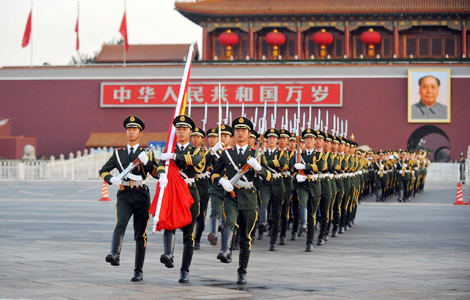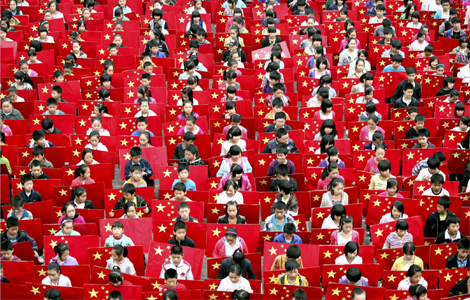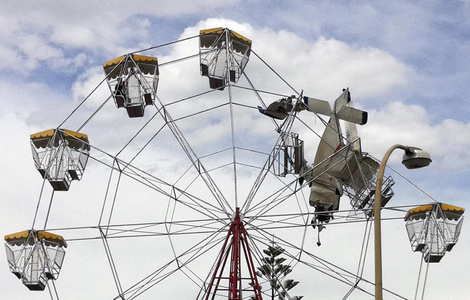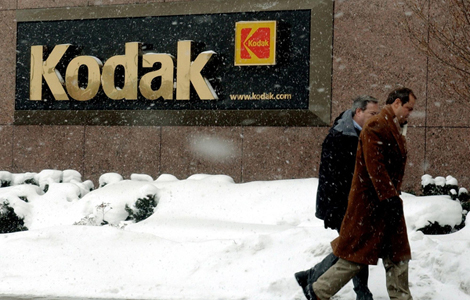China's PMI rises to 51.2% in Sept
Updated: 2011-10-01 17:29
(Xinhua)
|
|||||||||||
BEIJING - China's Purchasing Managers' Index (PMI) continued its rise in September, hitting 51.2 percent in September from 50.9 percent in August, the China Federation of Logistics and Purchasing (CFLP) said Saturday.
The CFLP report said the 0.3 percentage-point rebound marks the PMI's two-consecutive-month rise, indicating that economic development is continuing to stabilize and that the worries of a hard economic landing are being eased.
But sub-indices of the PMI also show that uncertainties remain in the export sector and prospects for small and mid-sized enterprises are gloomy.
The PMI is a gauge of manufacturing expansion. A reading below 50 indicates contraction from the previous month, while a reading above 50 indicates expansion. China's PMI had declined for four consecutive months. hitting a low of 50.7 percent in July before rebounding to 50.9 percent in August.
The manufacturing index from the logistics federation is based on a survey of purchasing managers in more than 820 companies across 20 industries.
In September, nine of the 20 industries, including tobacco, medicine and transport equipment, enjoyed a PMI of over 50 percent; nonferrous metals stood at 50 percent; while 10 other industries, including ferrous metals, general equipment, paper-making and printing, were below 50 percent.
Zhang Liqun, a researcher with the Development Research Center of the State Council, or China's Cabinet, said that the slight recovery of September's PMI indicates a higher possibility for stabilized economic growth.
The sub-index for input prices fell by 0.6 percentage points to 56.6 percent, indicating that cost pressures on enterprises have somewhat eased, Zhang said.
However, he said that the growth speed on the demand side is showing a downward trend in general, and a high possibility of dwindling export growth. It is still highly possible that the economic growth rate will continue to decline in the future.
He said small and mid-sized enterprises face great difficulties and need stronger policy support.
The CFLP's figure exceeded the figure published by HSBC on Friday, which stood at 49.9 percent, or flat with its figure for August. Experts say the difference between the two figures is that most businesses surveyed by the CFLP are state-owned enterprises while HSBC includes more small and mid-sized enterprises in its survey.
The sub-index for new orders in September rebounded slightly, inching up 0.2 percentage points to 51.3 percent, while the output sub-index rose by 0.4 percentage points to 52.7 percent. The sub-index for new export orders rebounded 2.6 percentage points to 50.9 percent, which is still low.
An analysis published by the CFLP said the PMI trend indicates good economic development momentum in the third quarter. The PMI has basically bottomed out, showing the falling economic growth rate has gradually stabilized.
It also said that the global PMI has continued to decline since March. In August it stood at only 50.1 percent, its lowest since June 2009, reflecting weak world economic recovery.
The analysis suggests that due to a complicated outside environment, China should maintain stability of macro-economic controls in addition to enhancing flexibility and pertinence. Specifically, China should continue to expand domestic demand, pay attention to the difficulties hampering the development of small and mid-sized enterprises, and continue to reign in inflation.
Hot Topics
Libya conflict, Gaddafi, Oil spill, Palace Museum scandal, Inflation, Japan's new PM, Trapped miners, Mooncake tax, Weekly photos, Hurricane Irene
Editor's Picks

|

|

|

|

|

|







